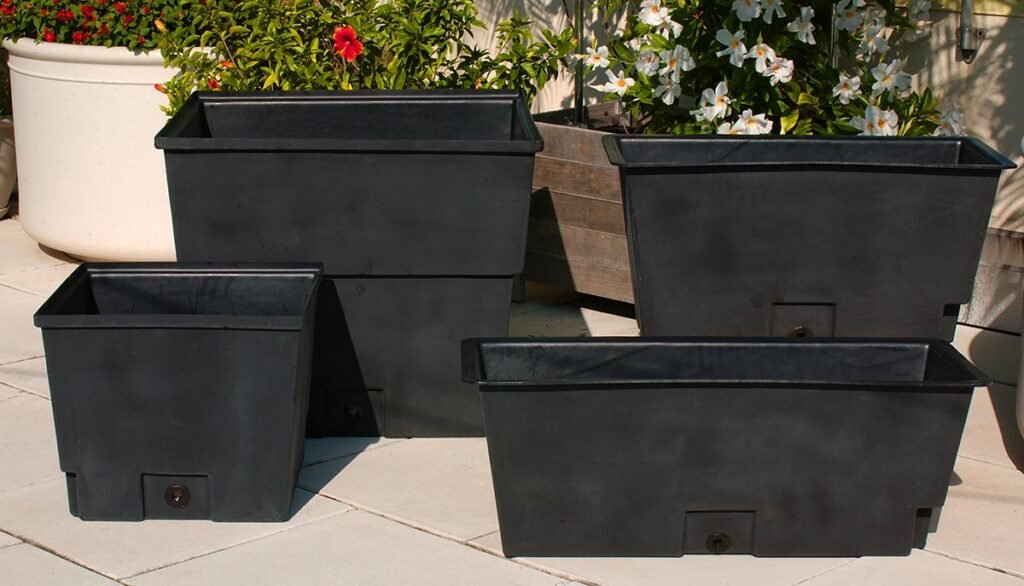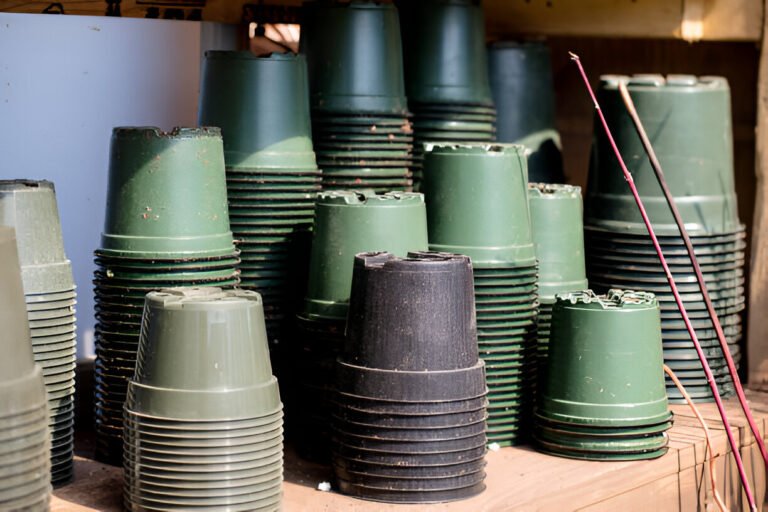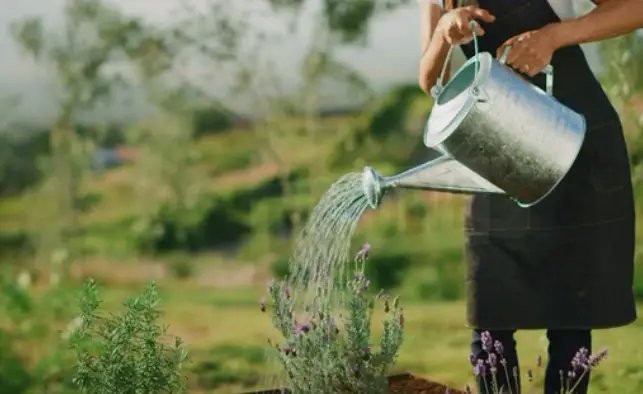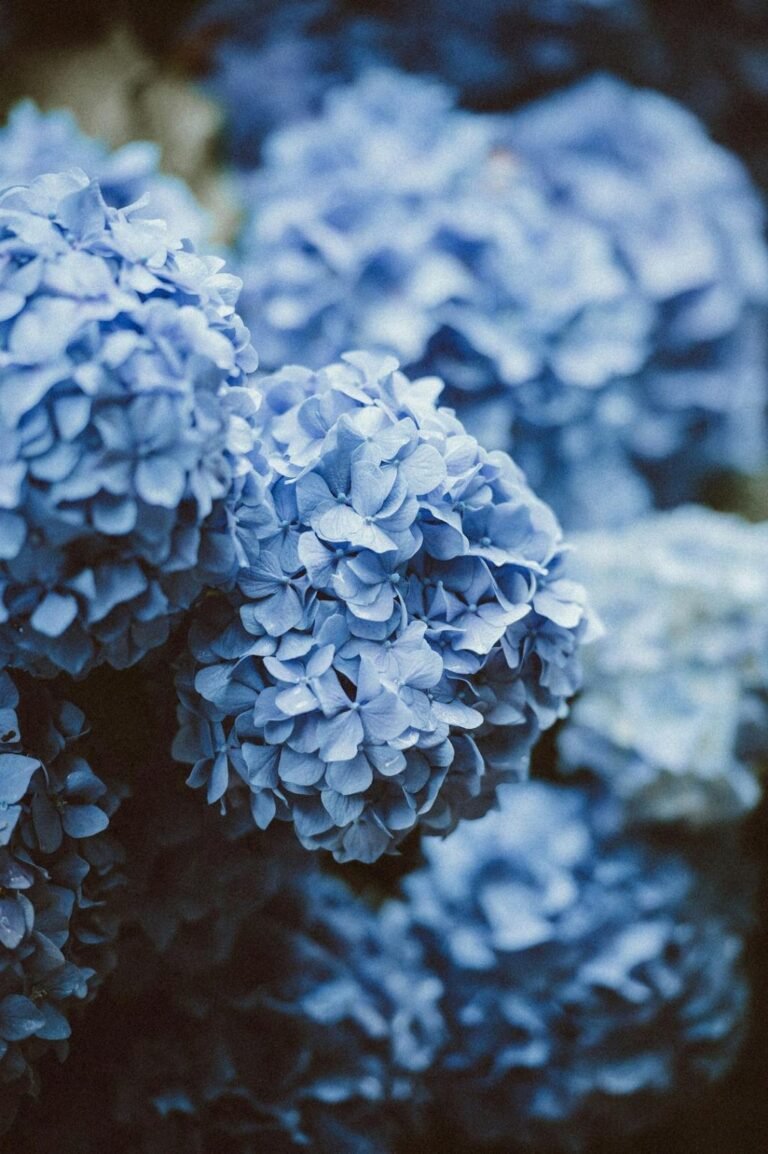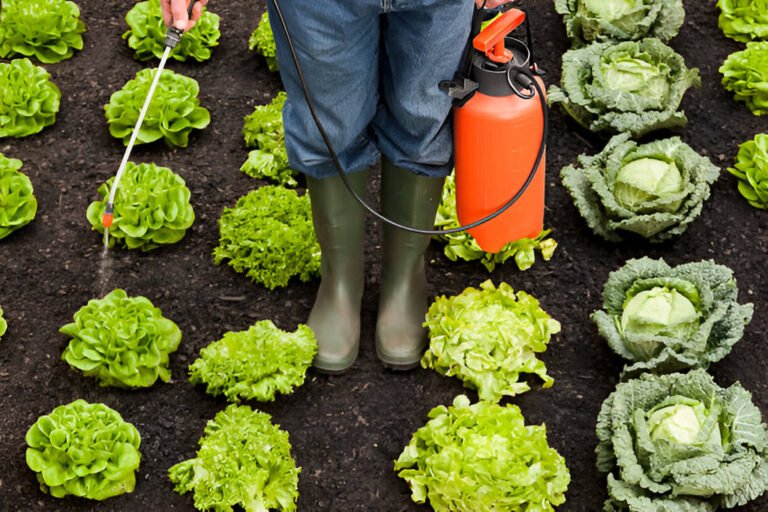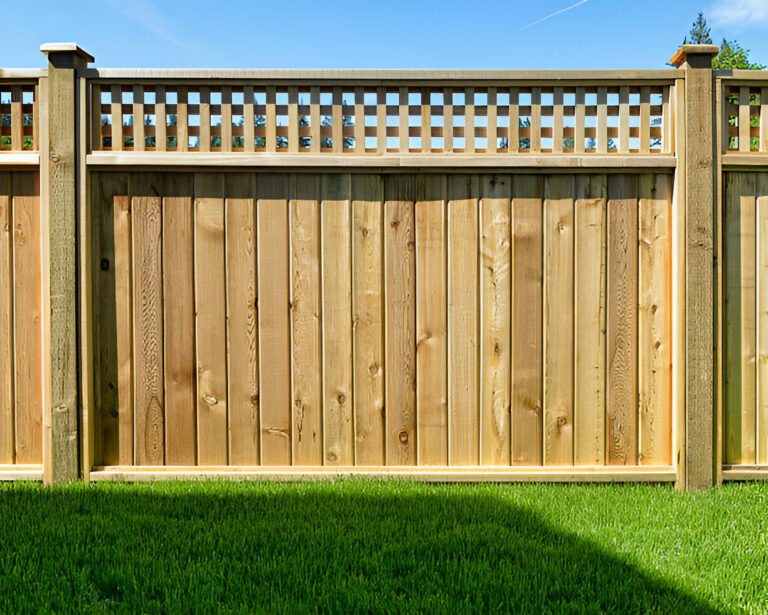Best Materials for Lining Containers to Retain Moisture: A Gardener’s Guide
When it comes to container gardening, one thing I’ve learned the hard way is that keeping your plants hydrated can feel like a constant battle. Whether the sun’s baking your pots or the wind’s drying them out faster than you can water, it often feels like you’re pouring more effort into your containers than water! But over time, I realized the secret isn’t just how much water you add—it’s how well your containers retain it.
Let me take you through some of the best materials I’ve found for lining containers to keep that precious moisture where it belongs: with your plants.
Why Moisture Retention Matters
Before we dive into materials, let’s talk about why this is so important. Plants in containers dry out quicker than those in the ground because they have less soil to draw water from, and the sun hits those pots from all sides. It’s like wearing a coat in winter versus wearing a tank top—containers lose moisture faster without protection. That’s where good liners come in.
1. Moss-Lined Cloth: Nature’s Sponge
Moss-lined cloth is one of my personal favorites. Not only does it give your containers a natural, rustic look, but it also works wonders when it comes to moisture retention.
What’s Moss-Lined Cloth?
Moss-lined cloth is essentially real moss glued to a nylon mesh. You can cut it to fit any container shape, so whether you’ve got a classic terracotta pot or an oddly shaped hanging basket, it works like a charm.
Why It Works
Moss is nature’s sponge—soaking up water and holding onto it for days. If you’ve ever seen moss in a forest, you know it thrives in damp environments. By adding this lining to your pots, you’re essentially mimicking that moist environment for your plants. It’s perfect for plants that love a bit more moisture, like ferns or begonias.
| Pros | Cons |
| Natural look | Doesn’t last forever |
| Retains moisture | Needs replacement yearly |
| Fits any container | A bit pricey |
2. Burlap: The Workhorse of Moisture Retention
When I first started experimenting with burlap, I’ll admit, I was skeptical. It seemed too simple. But don’t let burlap’s humble appearance fool you—this stuff works.
Why Choose Burlap?
Burlap is tough yet breathable, holding soil in place while allowing water to permeate slowly, creating the perfect balance between drainage and moisture retention. The trick? Doubling it up. One layer of burlap is good, but two? Even better! And it has a rustic, earthy aesthetic that just feels right in the garden.
How to Use Burlap
Grab a sheet or roll of burlap and cut it to size. Line your container and secure it with zip ties or garden wire if needed. Make sure the burlap extends to the top of the container to keep the soil fully enclosed. The extra thickness will help keep your soil moist for longer stretches.
| Benefits | Drawbacks |
| Durable | Can break down over time |
| Inexpensive | Needs doubling up |
| Natural appearance | Less aesthetic than moss |
3. Landscape Fabric: The Gardener’s Friend
Landscape fabric is like the Swiss Army knife of gardening. It does everything—prevents weeds, helps with soil erosion, and yes, retains moisture.
What Makes Landscape Fabric Special?
Unlike plastic liners that can suffocate your plants by trapping too much water, landscape fabric lets water move through slowly, holding moisture in the soil but still allowing for drainage. If you’ve ever had a plant suffer from waterlogged roots, you’ll know that balance is key.
How to Use It
Lay the fabric at the base of your container, cutting it to size. One of my favorite things about landscape fabric is its versatility—you can even double it up in larger pots. The fabric helps prevent your soil from drying out too quickly while stopping weeds from sneaking in and stealing water.
| Landscape Fabric Pros | Cons |
| Prevents weed growth | Not as attractive |
| Easy to work with | Can wear down over time |
| Provides slow drainage | Limited aesthetic appeal |
4. Desiccant Liners: Industrial Meets Green Thumb
If you’re dealing with large containers or live in a super humid area, consider desiccant liners. Now, I know what you’re thinking: aren’t these for shipping containers? Yes, but hear me out—these moisture-absorbing wonders also work for gardening!
How Desiccant Liners Work
Products like Absorpole are filled with non-toxic calcium chloride, which absorbs excess moisture. If you’re gardening in a damp or unpredictable climate, these liners will keep things in balance by preventing condensation from forming inside your containers.
Where They Shine
While these liners aren’t your go-to for small herb pots, they’re ideal for larger setups like greenhouse containers or even garden beds that need a bit more moisture control. They’re cheap, effective, and keep moisture from wreaking havoc on your soil.
| Benefits | Downsides |
| Cheap | Mostly for large containers |
| Effective moisture control | Industrial aesthetic |
| Reusable | Not for small pots |
5. Insulating Liners: The Climate Control You Didn’t Know You Needed
Sometimes, moisture retention isn’t just about keeping water in the soil—it’s about controlling the environment. This is where insulating liners like Grafotherm come in.
What’s Grafotherm?
Grafotherm is a textured coating you spray inside your container to reduce condensation. It’s not a traditional liner, but it works like magic for anyone dealing with temperature swings. When it’s hot, moisture evaporates too quickly, and when it’s cold, condensation forms. Grafotherm tackles both.
Why It Works for Plants
It’s all about balance. By slowing down condensation and keeping moisture evenly distributed, insulating liners help your plants thrive in more extreme climates, particularly when temperatures fluctuate between day and night.
| Advantages | Disadvantages |
| Regulates temperature | Requires spraying technique |
| Slows condensation | Not available everywhere |
| Long-lasting solution | Industrial product |
| Read: How to Prevent Containers From Drying Out Quickly |
6. Plastic Liners with Drainage Holes: The Affordable Fix
Plastic liners are perhaps the easiest and most accessible option. If you’re on a budget or just looking for a quick fix, these liners can make a big difference. I’ve used them in everything from small flower pots to large planters with great success.
Why Use Plastic Liners?
Plastic liners with drainage holes keep your soil from getting waterlogged while holding moisture where it’s needed most—around the plant’s roots. Just make sure to poke holes in the bottom for drainage, or your plants might end up with soggy feet.
How to Use Them
Line your container with a plastic liner, cut just below the top rim to keep it discreet. The drainage holes ensure excess water can escape, but the plastic helps retain moisture longer than unlined containers.
| Benefits | Cons |
| Cheap and easy to use | Can look less attractive |
| Retains moisture well | Not biodegradable |
| Works in all container sizes | Requires holes for drainage |
Final Thoughts: Finding the Right Liner for Your Plants
At the end of the day, the best liner for your container garden depends on your climate, plants, and personal style. Moss-lined cloth brings a natural aesthetic and holds moisture beautifully but needs replacing over time. Burlap is a rugged, eco-friendly option, while plastic liners offer an affordable, practical solution. For more industrial-sized containers or tricky climates, desiccant and insulating liners provide top-tier moisture control.
Whatever material you choose, lining your containers isn’t just about keeping water in—it’s about creating the perfect environment for your plants to thrive. After all, we spend so much time planting, watering, and tending to our gardens, it makes sense to use the right tools to give them the best chance to flourish. Your plants will thank you—trust me!
